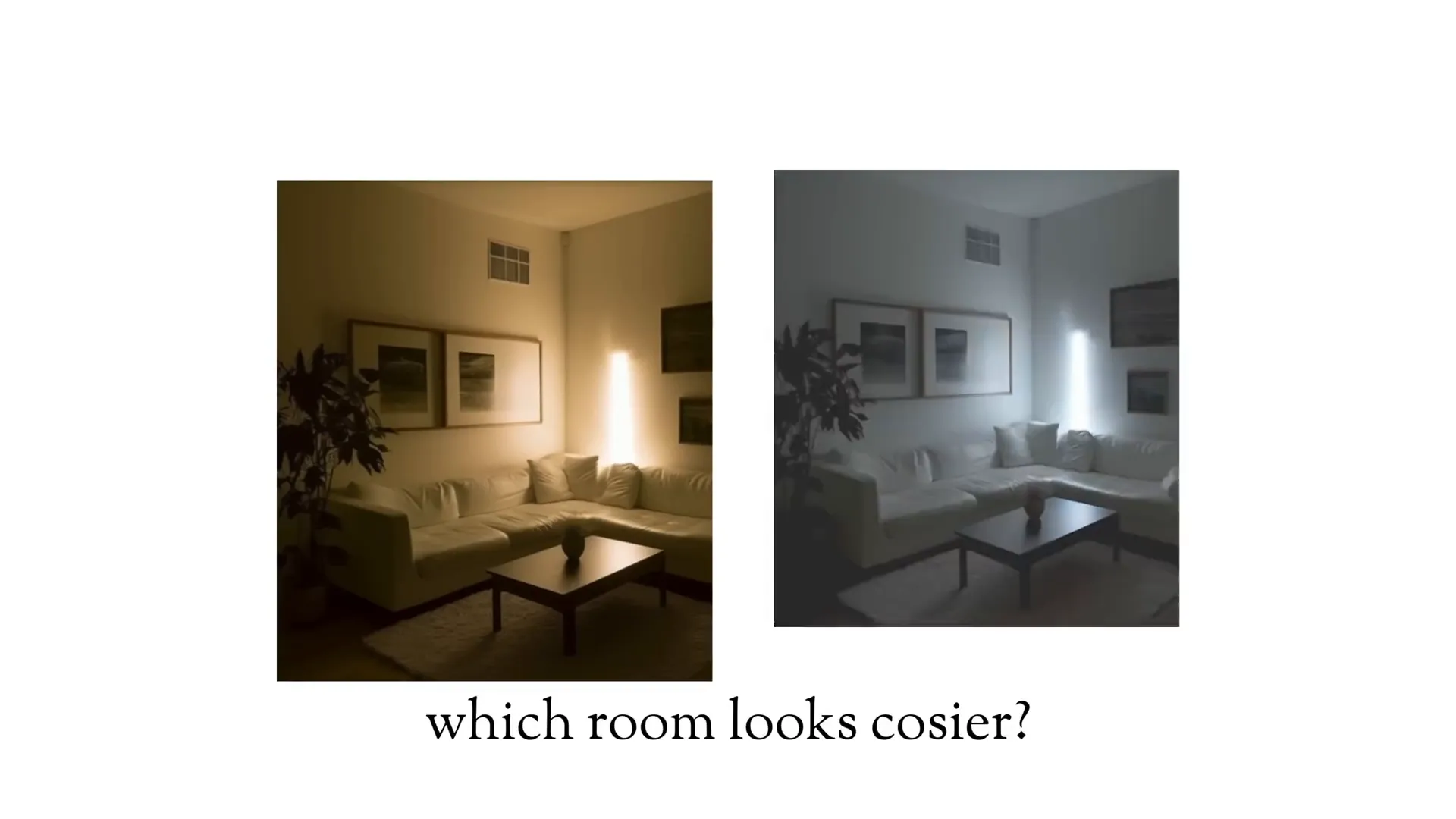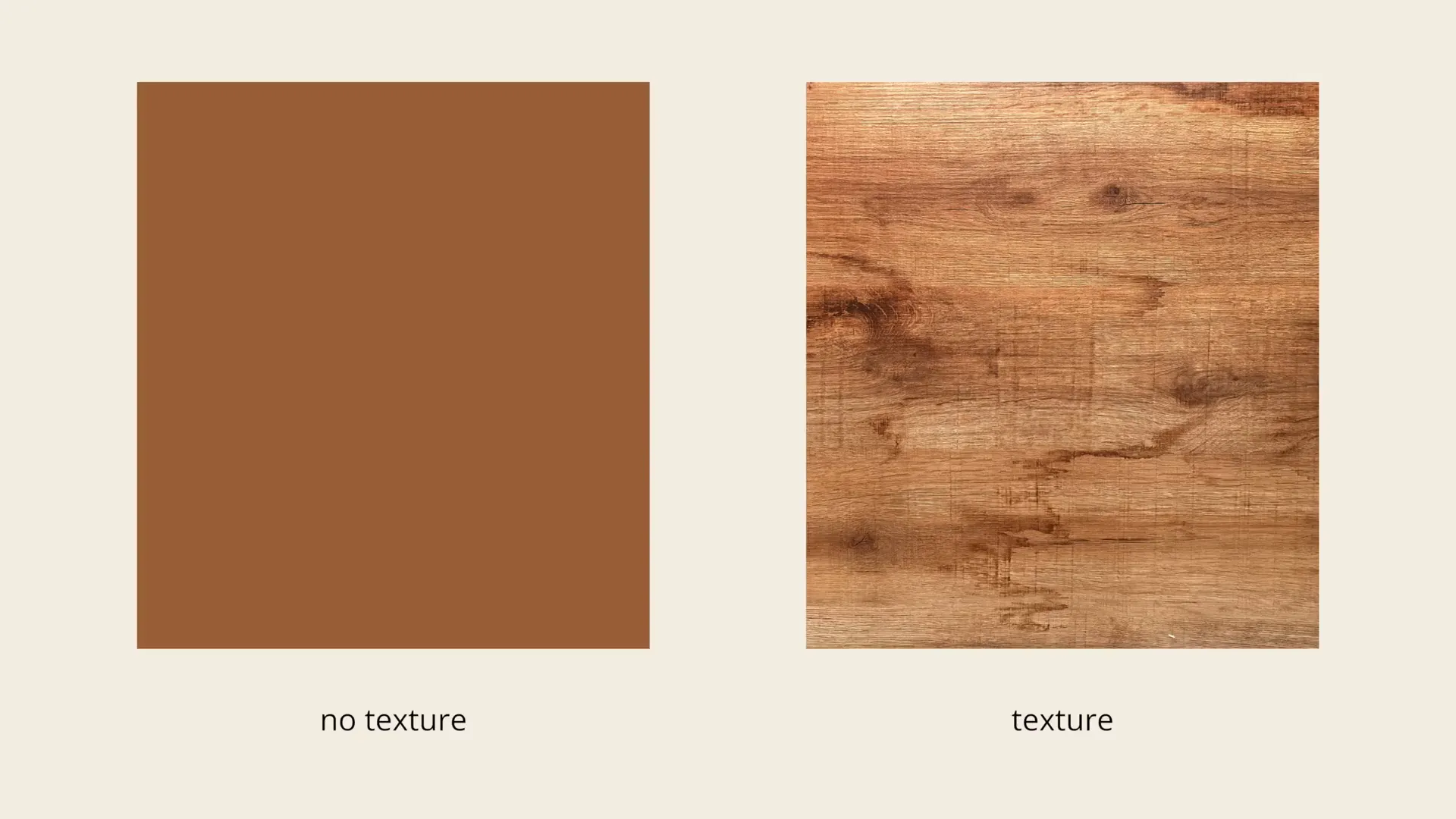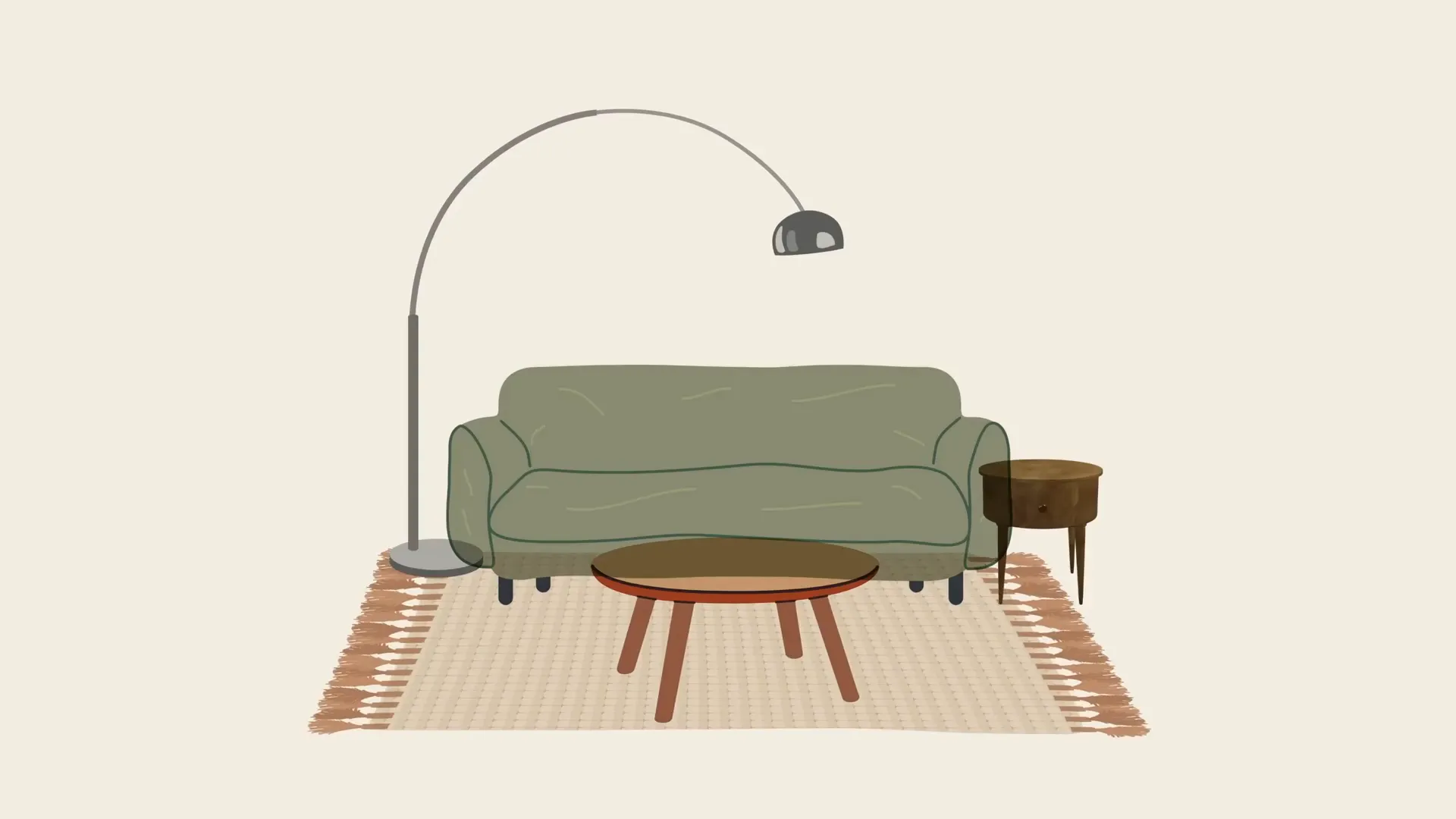
Creating a cozy home is about more than just aesthetics; it’s about understanding the psychology behind design choices. Here, I will share eight timeless strategies to transform your space into a warm and inviting haven without relying on the usual tricks like candles or throw blankets. Let’s dive into how lighting, materials, and arrangement can make all the difference.
Avoid White Light Bulbs
First and foremost, let’s talk about lighting. Avoid white-colored light bulbs at all costs. If I asked you which room feels cozier, most of you would pick the one lit with warm yellow light. Why? Because yellow light, particularly in the 2,700 to 3,000 Kelvin range, mimics the warm glow of a setting sun. This is the light that makes us feel relaxed and at ease. Think about it: we spend thousands on flights to watch sunsets because everyone looks and feels good in that yellowish glow.
Historically, the transition from daylight to sunset has signaled the end of the day’s activities, a time to relax, wind down, and enjoy time with loved ones. Rooms filled with warm earthy tones—like deep browns, rich greens, and hints of red—feel enveloping and comfortable. In contrast, bright white and gray furniture can make a space feel sterile and uninviting. As architectural theorist Christopher Alexander notes in his book, A Pattern Language, the colors of hospitals and office corridors are often cold and depressing. Instead, natural wood, sunlight, and bright colors create warmth and comfort in our homes.
Embrace Natural Materials
Next, let’s discuss natural materials. Incorporating authentic materials like wood, stone, and textiles can significantly enhance the warmth and texture of your space. According to the concept of biophilia, humans have an innate connection to nature. Surrounding ourselves with natural elements reminds us of the forest, meadows, and mountains, making us feel more relaxed and cozy.
Consider using real wood for furniture, decor, and accents. Natural stone, marble, and even small items like cork coasters or woven baskets can add a touch of nature to your home. Minimalist designs often strip away these key elements, leaving spaces feeling flat and lifeless. Imagine a living room with a thick wool rug, wood paneling, and soft mood lighting—it feels warm and inviting. In contrast, a room with smooth white walls and polished surfaces can feel cold and unwelcoming.
Texture is Key
Texture is crucial for creating a cozy atmosphere. In nature, texture is everywhere—from the rough bark of a tree to the patterns on a leaf. Our eyes crave engagement, and texture offers that in a subtle, comforting way. Without it, spaces can feel lifeless, no matter how tidy they are. To add texture, mix materials like velvet, wool, and linen. Use textured wallpaper, wall paneling, or lime wash to add depth. Incorporate unique surfaces like textured glassware or clay pots to create visual interest.
Create Visual Silence
Speaking of texture, let’s address “visual silence.” This term describes a flatness that’s not just boring but tiring to the eye. To combat this, you need to create an interplay of light and shadow in your space. Take a look at two images: which one feels cozier? Most would choose the one with uneven lighting. Uniform lighting makes everything flat and lifeless, while uneven lighting feels more natural and inviting.
To create this effect, use lamps throughout your home instead of relying on a single overhead light. Save those for emergencies! You want pools of light and dark shadows to mimic the natural light found outdoors. This interplay can make your home feel much more inviting.

Moonlit Bohemian Style
see us on pinterest MORE HERE
The Comfort of Fire
Nothing beats the comfort of fire. Flickering firelight is one of the coziest elements you can have in a home. For centuries, fire has provided not just warmth but also a sense of safety and relaxation. If you don’t have a fireplace, use candles grouped together to mimic that effect. Always choose warm yellow light that resembles firelight. Installing dimmers can also help; just turn down the brightness at night for a more relaxed atmosphere.
Set Boundaries with Furniture
The arrangement of furniture can significantly impact how cozy a space feels. Open spaces can sometimes feel uncomfortable. Instead, create enclosures in your home. A couch sitting alone in the middle of a room may feel uneasy, but adding a lamp, a side table, and some plants can instantly make it more inviting. Think about how sitting under a tree feels more comfortable. The tree provides shelter, creating a boundary that makes you feel protected.
Spaces with defined boundaries—like a canopy over a bed or a pendant light above a table—help your brain feel more relaxed. The same idea applies to every space in your home. By creating intimate nooks, you can foster a sense of coziness and security.
Embrace Curves
Lastly, let’s talk about shapes. Curves are naturally soothing. Our brains are wired to perceive round shapes as safe and comforting, while sharp angles can signal danger. If you want your space to feel calm and cozy, incorporate rounded furniture, curvy patterns, and circular decor items like mirrors or organic-shaped vases. This simple change can make a world of difference in how your space feels.
Conclusion
By applying these eight principles—mindful lighting, natural materials, engaging textures, visual variety, the warmth of fire, thoughtful furniture arrangements, and embracing curves—you can create a cozy home that feels inviting and comfortable. Remember, it’s all about the psychology of design and how it affects our emotions. So, take these tips and start transforming your space into a cozy retreat that works for you!











